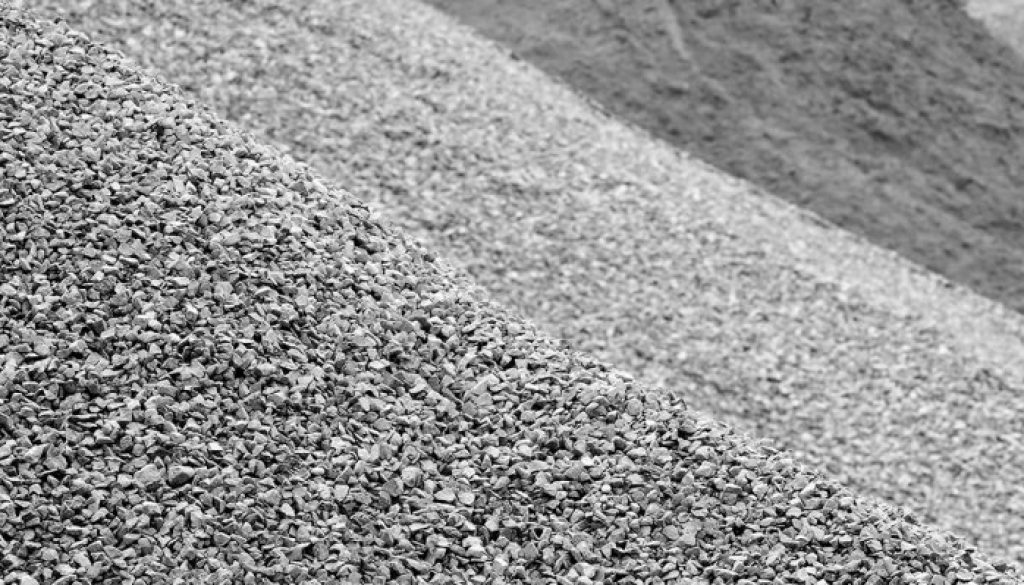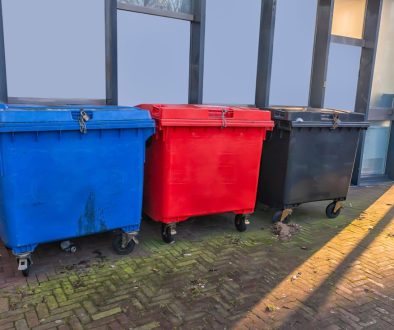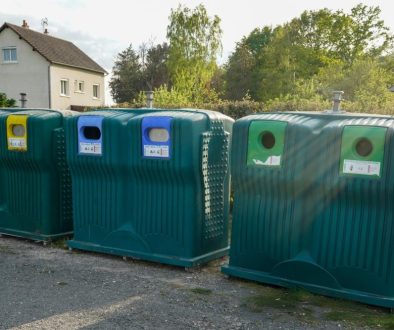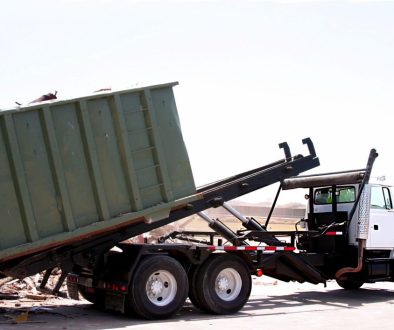Aggregates play a massive role in the construction industry. They are used for a variety of projects, strengthening concrete and the structures themselves. Aggregates can help reduce cracks and are also used in road and railway construction.
If you are getting a project done or you’re new to the construction sector, you certainly want to know more about the use of aggregates like 20mm gravel and their importance. Well, you are in the right place, as that’s precisely what we’re discussing in this post:
The Uses of Aggregates in Construction
In the construction industry, aggregates are used to create or strengthen several building structures. Below are the primary uses of aggregates in construction:
As a Coarse Aggregate
It is an aggregate used in the base layer of a concrete structure, making it the bottom layer. This layer holds all of the other layers of concrete together as well as lending more durability to the structure.
This base layer should be done with a coarse aggregate as it is more durable. A coarse aggregate is also more resistant to erosion.
As a Fine Aggregate
Aggregates are also used to make concrete stronger. Fine aggregates are used to make the concrete more resistant to high stress. Fine aggregates used for concrete include 20mm gravel.
As a Reinforcement Aggregate
Aggregates are also used to reinforce concrete in another layer. Aggregates used to reinforce buildings are usually evenly sized. The aggregate usually comes in a pattern, ensuring that it is evenly spread throughout the concrete mix.
Reinforcement aggregate includes items like steel to reinforce buildings against a number of odds, such as from extreme weather and from impact from heavy or unbalanced objects.
Restoration of Buildings
Aggregates are also used for the restoration of building structures. Restoration work can be tiring and challenging. It can also be dangerous if the structure is old and falling apart. Aggregates are used to restore buildings because they are easy to work with and can be easily used.
The types of aggregate used in the restoration of buildings include sand and 20mm gravel.
Making Concrete
Aggregates are also used to make concrete. This is done by creating a concrete mix, which is done by adding the necessary aggregate to water. Once the mix has been created, it can be poured into moulds, creating the final product.
How to Choose the Right Aggregates for Construction Projects Like Home Improvements
1. Decide What Type of Aggregate You Need
The first step in choosing the right type of aggregate for a project is to decide what type of aggregate you need. Aggregates need to be carefully chosen because they act as the foundation or the building. If the aggregate is not high quality, the whole structure will be compromised.
2. Hire a Professional
The construction industry is a very competitive field. There are thousands of contractors who offer the same service and more. If you want to stand out from the crowd, it is best to hire a professional contractor.
A professional contractor, who has been in the industry for a long time and has built a reputation for reliability, will provide you with quality work. They will take their time to ensure that you’re happy with the result.
3. Get Quotes
Once you’ve decided to hire a professional contractor, you will need to get a quote to ensure that you’re getting the best value for your money. You can get several quotes from different contractors so that you’re able to compare and contrast the prices, work quality, and service.
To ensure you’re choosing a suitable aggregate, you should consider the following factors:
Size
The size of an aggregate will determine how it will hold up in the structure you are making or repairing. In general, the larger the aggregate, the more durable it will be, potentially making it a better choice than other options.
Shape
The shape will also determine the kind of work you’ll need to do to use that aggregate in a structure. Larger, flatter pieces of aggregate will be easier to work with, while smaller pieces might not be appropriate. This will also determine how durable the structure will be, as the shape will affect how well the concrete mix holds together.
Gradation
Gradation is one of the most important factors to consider when choosing an aggregate. This is the distribution of different aggregate sizes when they are mixed in a given batch of concrete. An aggregate gradation is usually specified as a percentage and will vary depending on the situation. For example, a standard gradation is generally specified as an eight to one ratio, which means that the total amount of aggregate is eight times the amount of water in the concrete mix.
Material
Aggregates can be made of either natural or synthetic materials. Natural aggregates are much more common than synthetic aggregates. Materials from which aggregates are created include quartz, sand, limestone, and granite.
Main Types of Aggregates
As mentioned earlier, aggregates are made from a variety of materials. With those materials, there are also several types of aggregates.
Gravel
Gravel is the most basic type of aggregate. It is one of the most commonly used aggregates for construction projects. Gravel can come in various sizes, with the most common size being about 20mm. It is made of crushed rocks.
Sand
Sand is one of the most important aggregates. Sand is used in construction projects to make concrete. It is usually used in concrete production, as it is very cheap. Sand also comes in various sizes, and it is usually graded by the percentage of particles that are smaller than 2mm.
Granite
Granite is a light-coloured stone, meaning it is easy to clean and maintain. Granite comes in a variety of colours, with most granite being about 1in thick. Granite is a very hard material and can be etched to create polished surfaces.
Limestone
Limestone is a sedimentary rock and is made up of calcium carbonate. Limestone is commonly used to make cement. Limestone comes in a number of grades, with the main grades being ground, granular, and crushed. The grades are graded according to how they are classified by the International Organization for Standardization or ISO.
Conclusion
Aggregates, including 20mm gravel, are an important part of the construction process, as it is used to strengthen and add durability to the buildings. When aggregates are not of the proper quality, projects can take longer to complete. Quality aggregates are usually made from crushed rocks. They must be carefully selected to ensure that the building or project will be the best it can be.
For 6F2 Aggregate, 20mm gravel, and more in the UK, trust only Enviro Skip Hire. You can get aggregates loose or in bulk bags. They can be picked up in our Sandbach depot or delivered in 1t to 18t loads. Contact us today to learn more about the aggregates we have!




